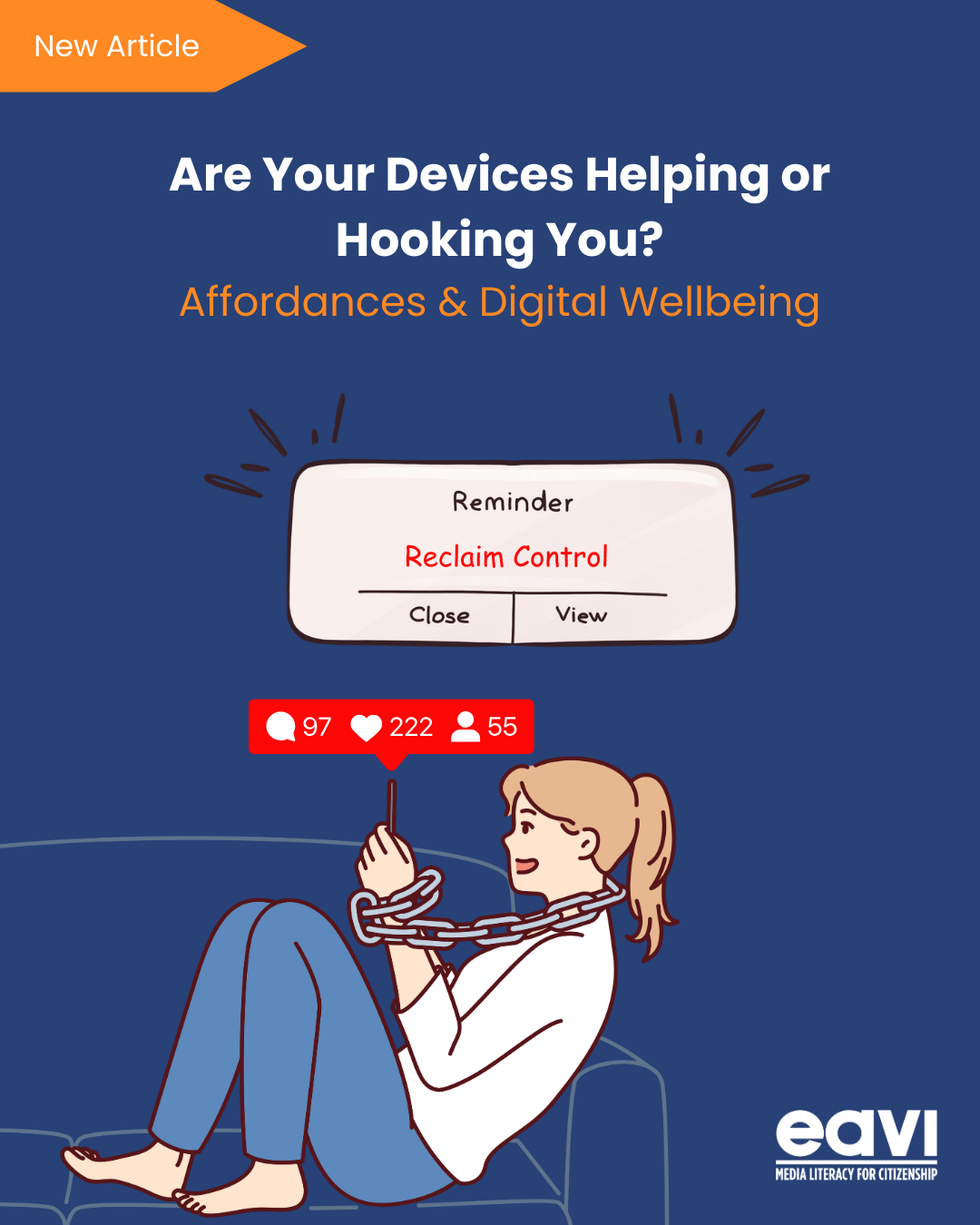- INTRODUCTION
What is contact tracing?
Traditional contact tracing is when an infected individual provides information concerning their clinical history and recent contacts. These contacts are then called to monitor their own conditions and/or to self isolate. Contacts include friends, family members, colleagues.
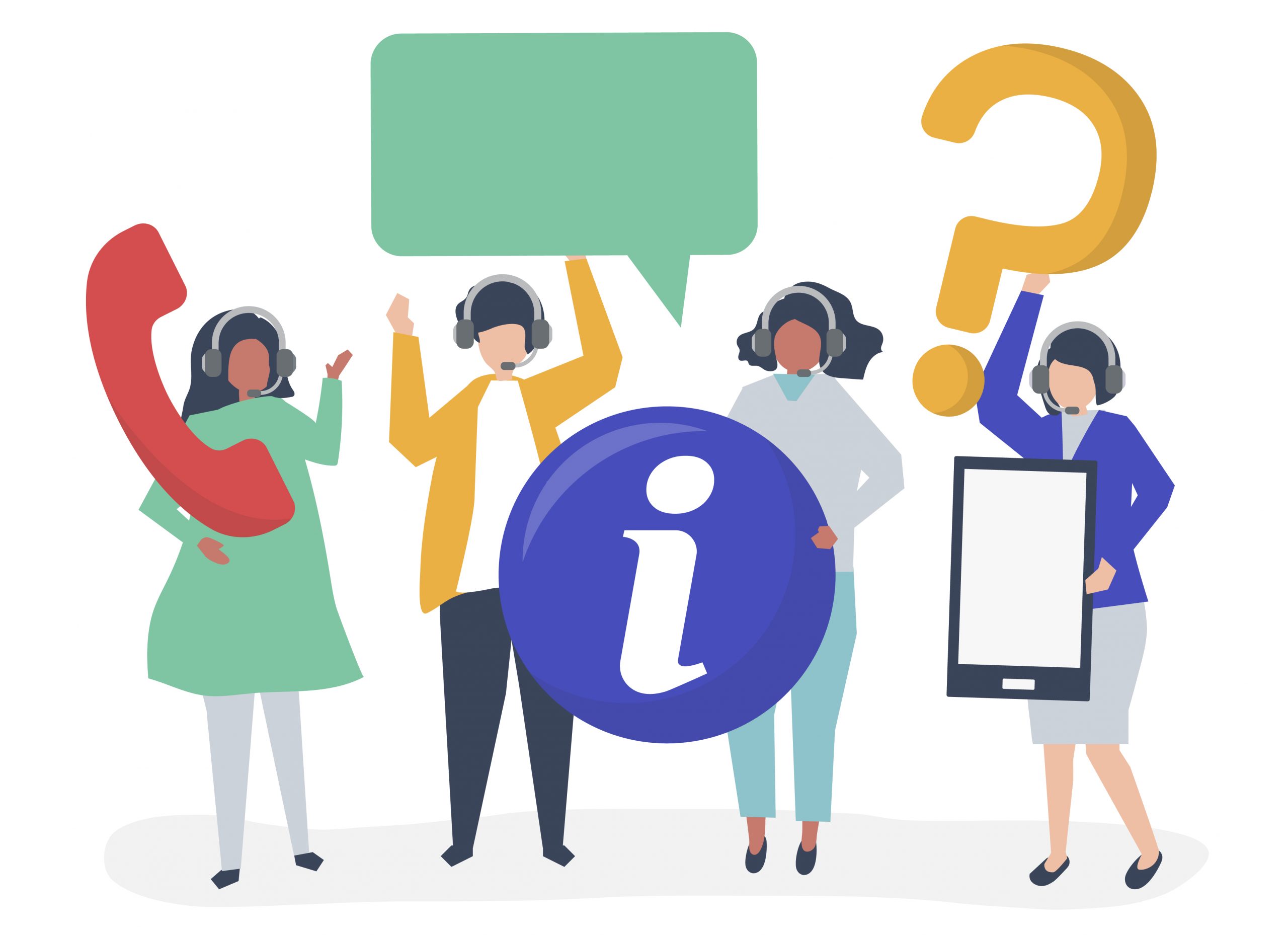
- CONTACT TRACING AND TECHNOLOGY
So, why do contact tracing efforts need to use my smartphone?
The problem with traditional contact tracing is that people often cannot remember everyone they have contacted or do not have information to reach them. The interview process is often time-consuming, leaving abundant time for infected contacts to unknowingly spread the disease further. About 80% of the world’s population owns a smartphone, so tracing contacts digitally will help to fill in the cracks of traditional contact tracing.
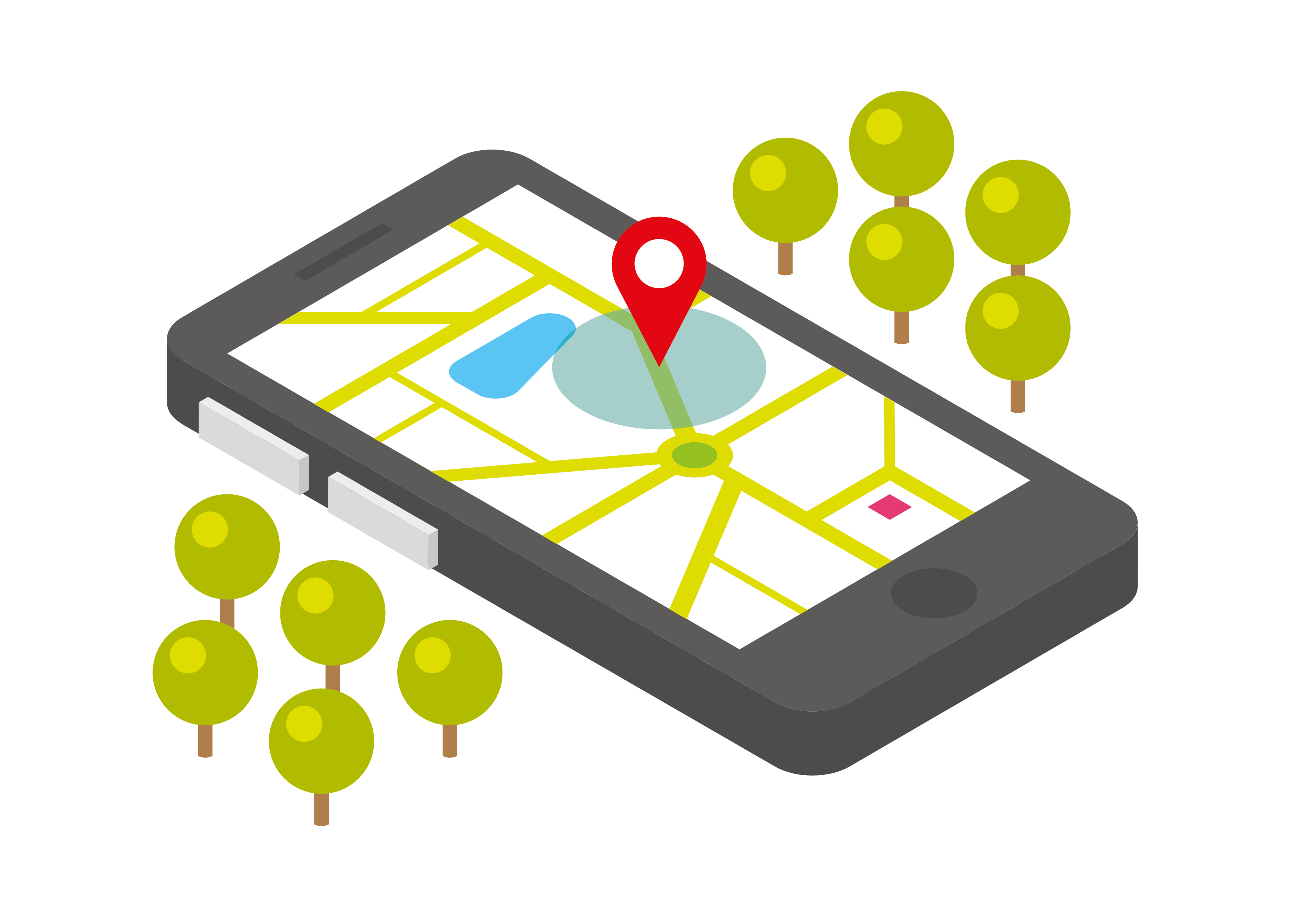
How does contact tracing use my smartphone?
Radio wave sensors are already built into smartphones, so close contacts can be automatically detected. Smartphone applications are being developed that can automatically alert people if they have been in close proximity to an infected person.
- CONTACT TRACING AND COVID-19
Why are contact tracing applications important in stopping Covid-19?
Tracing contacts is crucial, since many infected with Covid-19 have delayed symptoms, mild symptoms, or no symptoms at all, and unknowingly spread the virus to others. Traditional contact tracing is tedious and often ineffective, so digital contact tracing can help pick up the slack. East Asian countries such as China, South Korea, and Japan that have applied some form of digital contact tracing have relatively low infection rates.
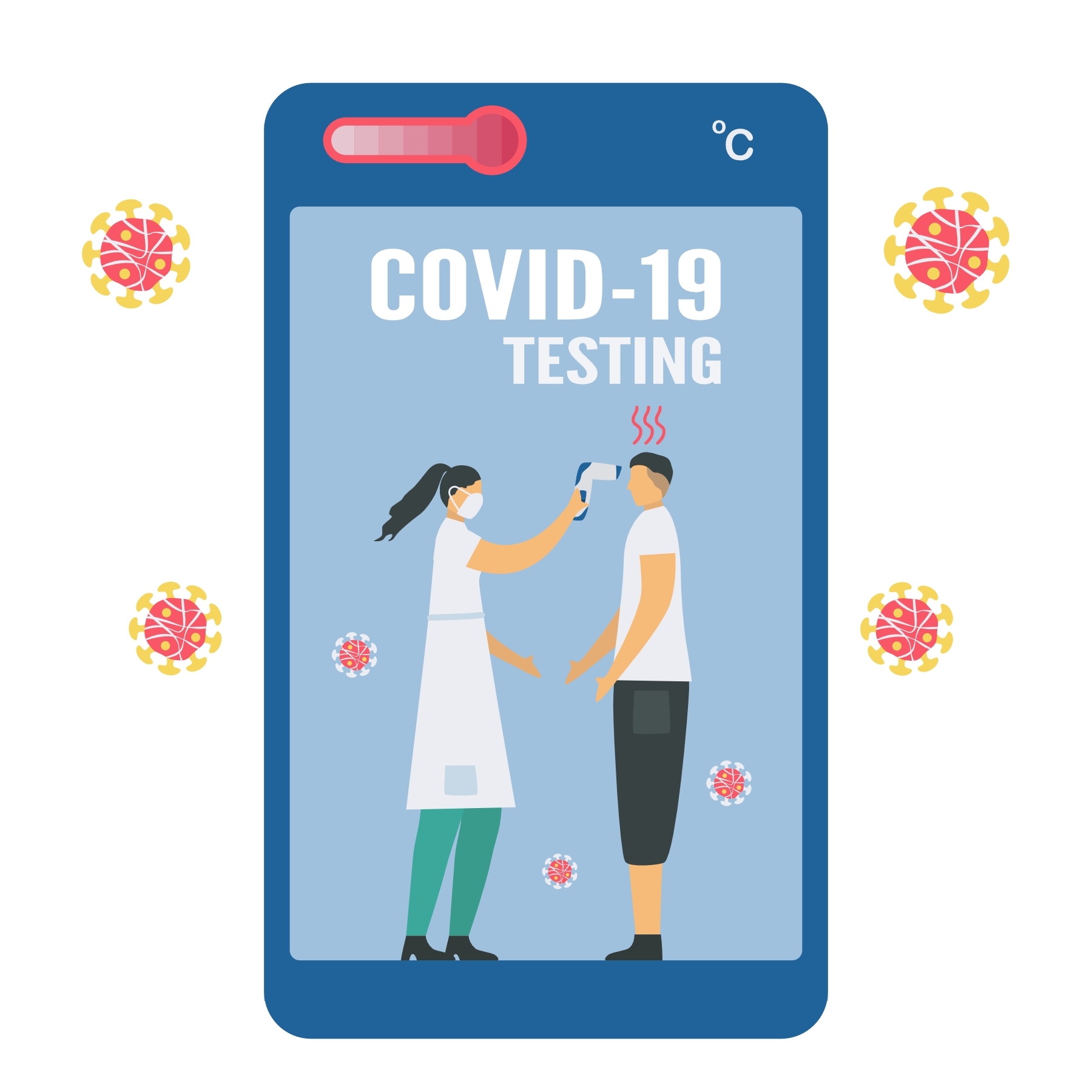

What are the limitations of contact tracing applications?
The elderly often do not have smartphones, and are coincidentally the group most at risk. Thus, traditional contact tracing will have to continue in addition to contact tracing applications to ensure everyone is reached. These applications are only useful if people are aware they have the virus, and a shortage of tests continues to be problematic in many countries. Furthermore, successful contact tracing applications will require a lot of coordination and financial cost, and must be implemented as quickly as possible.
When will contact tracing applications be available?
Right now, it depends on the country. France is expected to release its application, StopCovid, in early June. Belgium has chosen to drop the application idea entirely and stick to manual tracing. The UK is currently testing an application, but due to its technical problems, there is speculation it may enlist the help of Apple and Google. More updates are sure to emerge in the coming weeks.
- CONTACT TRACING AND PRIVACY
Should I be concerned that contact tracing applications will invade my privacy rights?
China’s contact tracing applications had privacy concerns, so it is reasonable to be concerned with efforts taking place in other countries. The European Union has said that contact tracing applications will comply with European freedoms and values. This includes the single market, meaning that applications will need to work across borders. The proposed Pan-European Privacy-Preserving Proximity Tracking (PEPP-PT) initiative intends to use Bluetooth Low Energy to trace infection chains throughout Europe while ensuring data remains on users’ phones, but this has so far been rejected by Spain, Switzerland, and Germany due to data concerns. Other privacy measures being considered include data minimization and pseudonyms, and a data protection impact assessment will be completed before any applications are deployed. However, without any contact tracing applications currently in use in Europe, it is impossible to predict the extent to which privacy will be protected.
What is the role of Apple and Google?
Apple and Google have combined forces to create an application that functions on both iOS and Android. While these companies have noticeably considered privacy concerns, that has not stopped citizens and governments from skepticism. While Germany is accepting help from Apple and Google, France has refused and chosen instead to develop its own application.
Do I have a choice?
Given the importance of stopping Covid-19, it is hoped that citizens will participate in contact tracing, as such measures are only effective if a large percentage of the population participates. However, the European Union has said that it plans for the applications to be voluntary, and it is aware that citizens will only download these applications if they are perceived as effective, respecting privacy, and strictly limited to the timeframe of Covid-19.
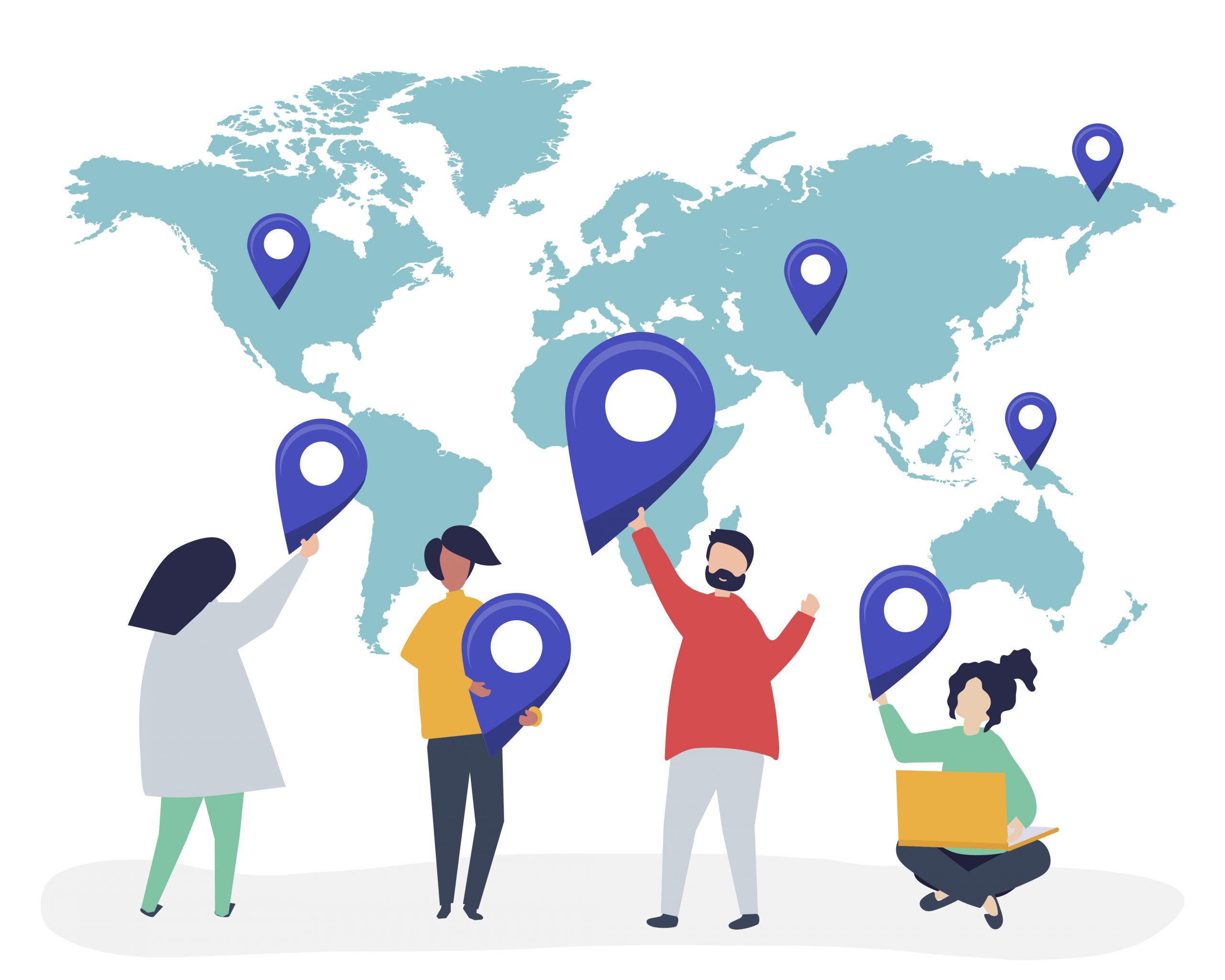
All graphics used are from Vecteezy.com
This article was updated and published on 20th May 2020. The situation is evolving rapidly and the team has made every effort to ensure the accuracy of information at the time of publishing. In case of doubts or discrepancies, do not hesitate to contact us by sending us an email at [email protected] or via our social media channels.
Click on this link To trace or not to trace to download this article as a pdf.
- INTRODUCTION
What is contact tracing?
Traditional contact tracing is when an infected individual provides information concerning their clinical history and recent contacts. These contacts are then called to monitor their own conditions and/or to self isolate. Contacts include friends, family members, colleagues.

- CONTACT TRACING AND TECHNOLOGY
So, why do contact tracing efforts need to use my smartphone?
The problem with traditional contact tracing is that people often cannot remember everyone they have contacted or do not have information to reach them. The interview process is often time-consuming, leaving abundant time for infected contacts to unknowingly spread the disease further. About 80% of the world’s population owns a smartphone, so tracing contacts digitally will help to fill in the cracks of traditional contact tracing.

How does contact tracing use my smartphone?
Radio wave sensors are already built into smartphones, so close contacts can be automatically detected. Smartphone applications are being developed that can automatically alert people if they have been in close proximity to an infected person.
- CONTACT TRACING AND COVID-19
Why are contact tracing applications important in stopping Covid-19?
Tracing contacts is crucial, since many infected with Covid-19 have delayed symptoms, mild symptoms, or no symptoms at all, and unknowingly spread the virus to others. Traditional contact tracing is tedious and often ineffective, so digital contact tracing can help pick up the slack. East Asian countries such as China, South Korea, and Japan that have applied some form of digital contact tracing have relatively low infection rates.


What are the limitations of contact tracing applications?
The elderly often do not have smartphones, and are coincidentally the group most at risk. Thus, traditional contact tracing will have to continue in addition to contact tracing applications to ensure everyone is reached. These applications are only useful if people are aware they have the virus, and a shortage of tests continues to be problematic in many countries. Furthermore, successful contact tracing applications will require a lot of coordination and financial cost, and must be implemented as quickly as possible.
When will contact tracing applications be available?
Right now, it depends on the country. France is expected to release its application, StopCovid, in early June. Belgium has chosen to drop the application idea entirely and stick to manual tracing. The UK is currently testing an application, but due to its technical problems, there is speculation it may enlist the help of Apple and Google. More updates are sure to emerge in the coming weeks.
- CONTACT TRACING AND PRIVACY
Should I be concerned that contact tracing applications will invade my privacy rights?
China’s contact tracing applications had privacy concerns, so it is reasonable to be concerned with efforts taking place in other countries. The European Union has said that contact tracing applications will comply with European freedoms and values. This includes the single market, meaning that applications will need to work across borders. The proposed Pan-European Privacy-Preserving Proximity Tracking (PEPP-PT) initiative intends to use Bluetooth Low Energy to trace infection chains throughout Europe while ensuring data remains on users’ phones, but this has so far been rejected by Spain, Switzerland, and Germany due to data concerns. Other privacy measures being considered include data minimization and pseudonyms, and a data protection impact assessment will be completed before any applications are deployed. However, without any contact tracing applications currently in use in Europe, it is impossible to predict the extent to which privacy will be protected.
What is the role of Apple and Google?
Apple and Google have combined forces to create an application that functions on both iOS and Android. While these companies have noticeably considered privacy concerns, that has not stopped citizens and governments from skepticism. While Germany is accepting help from Apple and Google, France has refused and chosen instead to develop its own application.
Do I have a choice?
Given the importance of stopping Covid-19, it is hoped that citizens will participate in contact tracing, as such measures are only effective if a large percentage of the population participates. However, the European Union has said that it plans for the applications to be voluntary, and it is aware that citizens will only download these applications if they are perceived as effective, respecting privacy, and strictly limited to the timeframe of Covid-19.

All graphics used are from Vecteezy.com
This article was updated and published on 20th May 2020. The situation is evolving rapidly and the team has made every effort to ensure the accuracy of information at the time of publishing. In case of doubts or discrepancies, do not hesitate to contact us by sending us an email at [email protected] or via our social media channels.
Click on this link To trace or not to trace to download this article as a pdf.
- INTRODUCTION
What is contact tracing?
Traditional contact tracing is when an infected individual provides information concerning their clinical history and recent contacts. These contacts are then called to monitor their own conditions and/or to self isolate. Contacts include friends, family members, colleagues.

- CONTACT TRACING AND TECHNOLOGY
So, why do contact tracing efforts need to use my smartphone?
The problem with traditional contact tracing is that people often cannot remember everyone they have contacted or do not have information to reach them. The interview process is often time-consuming, leaving abundant time for infected contacts to unknowingly spread the disease further. About 80% of the world’s population owns a smartphone, so tracing contacts digitally will help to fill in the cracks of traditional contact tracing.

How does contact tracing use my smartphone?
Radio wave sensors are already built into smartphones, so close contacts can be automatically detected. Smartphone applications are being developed that can automatically alert people if they have been in close proximity to an infected person.
- CONTACT TRACING AND COVID-19
Why are contact tracing applications important in stopping Covid-19?
Tracing contacts is crucial, since many infected with Covid-19 have delayed symptoms, mild symptoms, or no symptoms at all, and unknowingly spread the virus to others. Traditional contact tracing is tedious and often ineffective, so digital contact tracing can help pick up the slack. East Asian countries such as China, South Korea, and Japan that have applied some form of digital contact tracing have relatively low infection rates.


What are the limitations of contact tracing applications?
The elderly often do not have smartphones, and are coincidentally the group most at risk. Thus, traditional contact tracing will have to continue in addition to contact tracing applications to ensure everyone is reached. These applications are only useful if people are aware they have the virus, and a shortage of tests continues to be problematic in many countries. Furthermore, successful contact tracing applications will require a lot of coordination and financial cost, and must be implemented as quickly as possible.
When will contact tracing applications be available?
Right now, it depends on the country. France is expected to release its application, StopCovid, in early June. Belgium has chosen to drop the application idea entirely and stick to manual tracing. The UK is currently testing an application, but due to its technical problems, there is speculation it may enlist the help of Apple and Google. More updates are sure to emerge in the coming weeks.
- CONTACT TRACING AND PRIVACY
Should I be concerned that contact tracing applications will invade my privacy rights?
China’s contact tracing applications had privacy concerns, so it is reasonable to be concerned with efforts taking place in other countries. The European Union has said that contact tracing applications will comply with European freedoms and values. This includes the single market, meaning that applications will need to work across borders. The proposed Pan-European Privacy-Preserving Proximity Tracking (PEPP-PT) initiative intends to use Bluetooth Low Energy to trace infection chains throughout Europe while ensuring data remains on users’ phones, but this has so far been rejected by Spain, Switzerland, and Germany due to data concerns. Other privacy measures being considered include data minimization and pseudonyms, and a data protection impact assessment will be completed before any applications are deployed. However, without any contact tracing applications currently in use in Europe, it is impossible to predict the extent to which privacy will be protected.
What is the role of Apple and Google?
Apple and Google have combined forces to create an application that functions on both iOS and Android. While these companies have noticeably considered privacy concerns, that has not stopped citizens and governments from skepticism. While Germany is accepting help from Apple and Google, France has refused and chosen instead to develop its own application.
Do I have a choice?
Given the importance of stopping Covid-19, it is hoped that citizens will participate in contact tracing, as such measures are only effective if a large percentage of the population participates. However, the European Union has said that it plans for the applications to be voluntary, and it is aware that citizens will only download these applications if they are perceived as effective, respecting privacy, and strictly limited to the timeframe of Covid-19.

All graphics used are from Vecteezy.com
This article was updated and published on 20th May 2020. The situation is evolving rapidly and the team has made every effort to ensure the accuracy of information at the time of publishing. In case of doubts or discrepancies, do not hesitate to contact us by sending us an email at [email protected] or via our social media channels.
Click on this link To trace or not to trace to download this article as a pdf.


